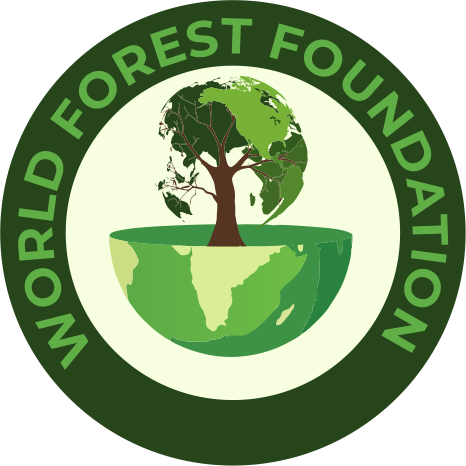Trees Plantations Solutions
World Forest Foundation is dedicated to the establishment and management of forest plantations as part of our commitment to sustainable forestry and environmental conservation. Our initiatives focus on planting, growing, cultivating, and raising plantations of various types of forest plants and trees to enhance biodiversity, sequester carbon, and provide ecosystem services.
- Tree Planting Programs: We implement tree planting programs to establish new forest plantations and restore degraded or deforested lands. By planting native tree species, we enhance biodiversity, restore ecosystem functions, and provide habitat for wildlife.
- Agroforestry Systems: We promote agroforestry systems that integrate trees with agricultural crops or livestock production. Agroforestry enhances soil fertility, conserves water, and diversifies farm incomes while providing multiple benefits such as shade, windbreaks, and fodder for livestock.
- Silvicultural Practices: We employ silvicultural practices such as thinning, pruning, and selective harvesting to manage forest plantations sustainably. These practices improve tree growth, enhance timber quality, and optimize ecosystem functions while minimizing negative impacts on biodiversity and soil health.
- Carbon Sequestration: Forest plantations play a crucial role in mitigating climate change by sequestering carbon dioxide from the atmosphere. By increasing forest cover and biomass, we contribute to carbon storage, offsetting greenhouse gas emissions, and enhancing climate resilience.
- Ecosystem Services: Forest plantations provide a wide range of ecosystem services, including soil stabilization, water regulation, and biodiversity conservation. They support wildlife habitat, protect watersheds, and contribute to the provision of clean air and water for human communities.
Benefits of Forest Plantations:
- Biodiversity Enhancement: Provides habitat for wildlife, supports native plant and animal species, and enhances ecological resilience.
- Carbon Sequestration: Sequesters carbon dioxide from the atmosphere, mitigating climate change impacts and enhancing carbon storage.
- Timber and Non-Timber Products: Produces timber, fuelwood, and non-timber forest products for commercial and subsistence use, supporting livelihoods and economic development.
- Soil and Water Conservation: Prevents soil erosion, conserves water, and maintains soil fertility, enhancing agricultural productivity and watershed health.
- Sustainable Land Use: Promotes sustainable land management practices, diversifies land uses, and enhances the resilience of ecosystems to environmental stressors.

